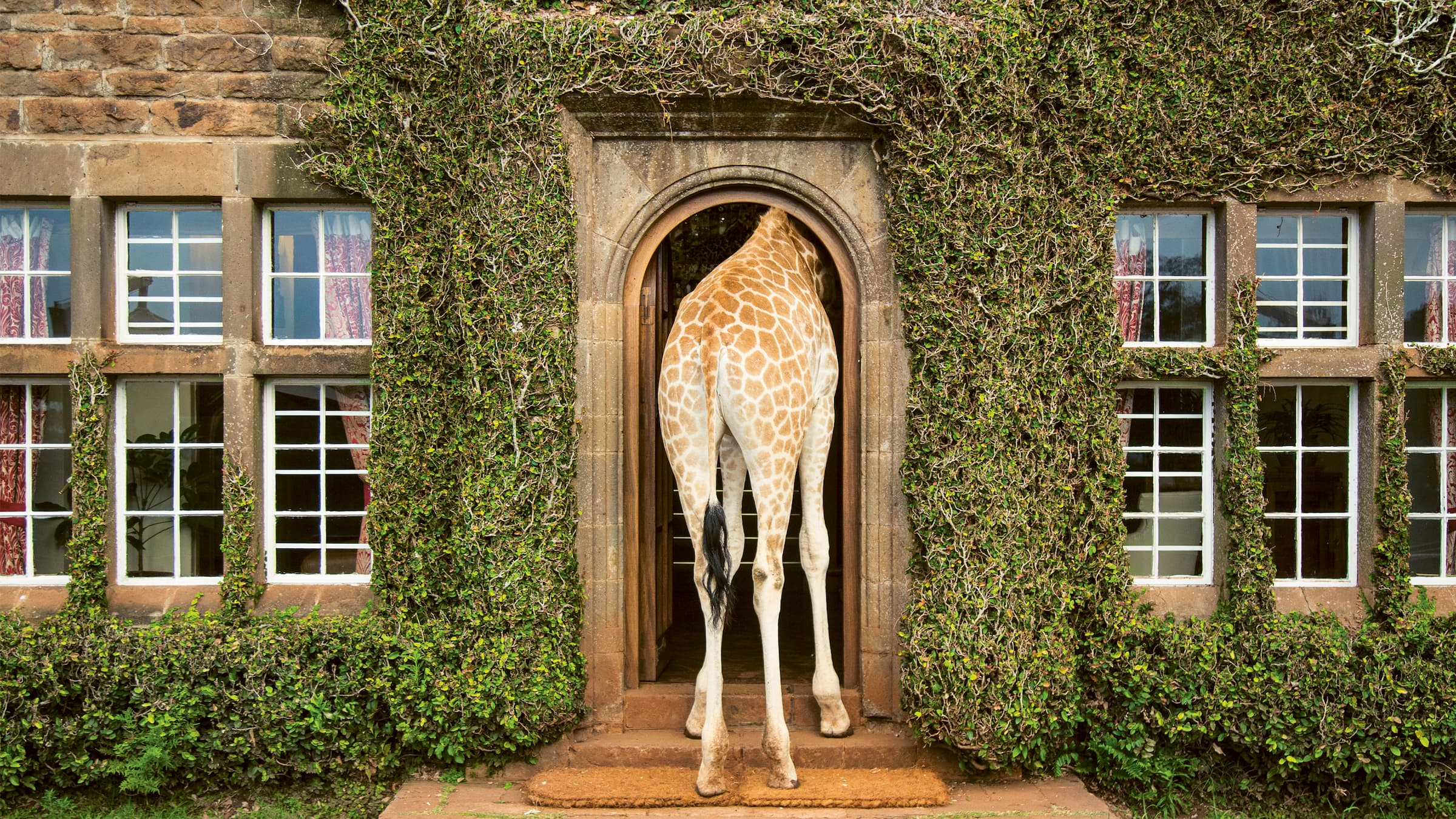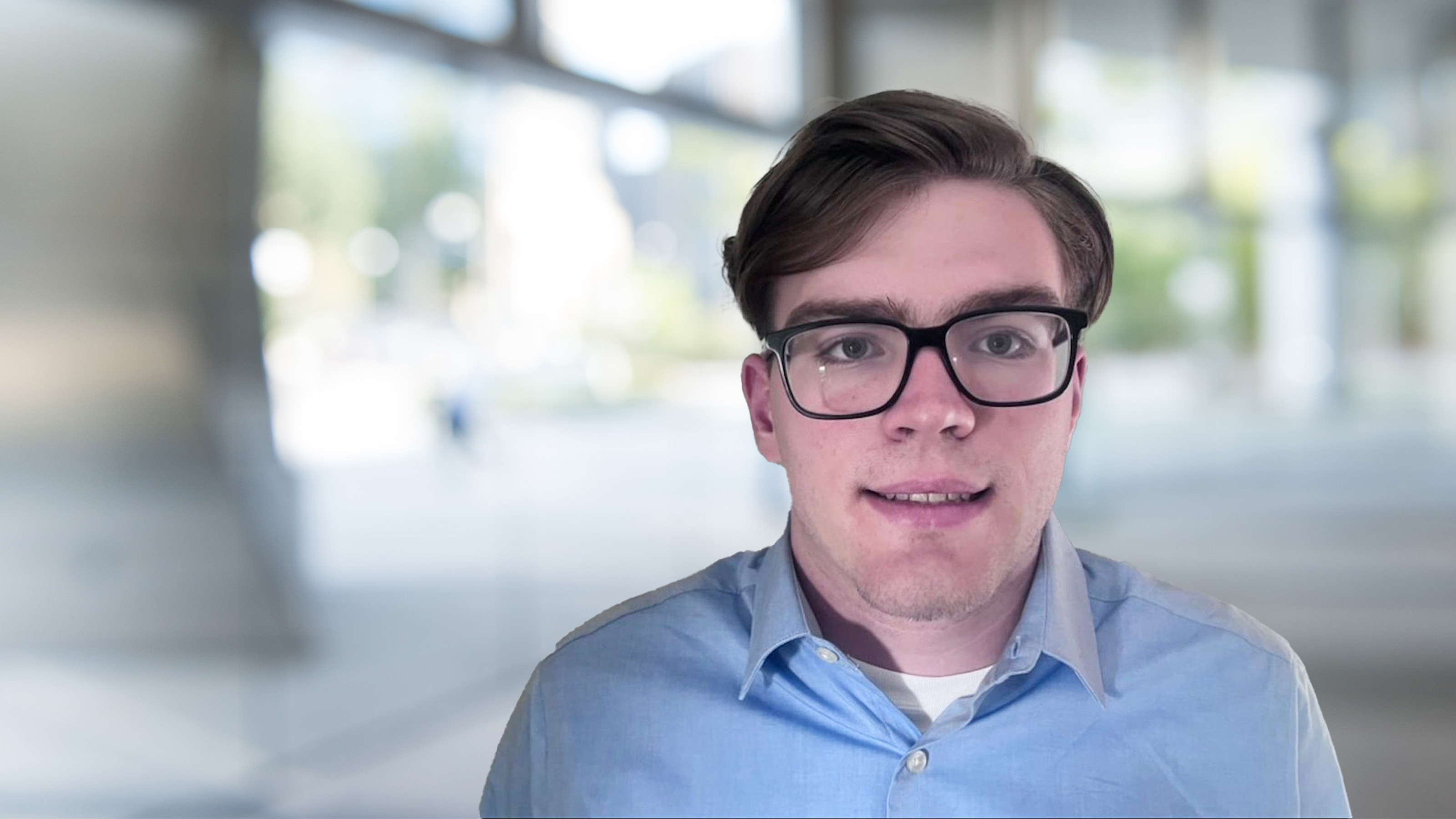Doctoral Student Overcomes Health Complications and Pandemic to Finish Her Dissertation
When the COVID-19 pandemic threatened to prevent Yalon Dirickson-Martin ’21 from completing her doctoral dissertation, she adapted – just as she had after suffering a debilitating stroke when she was 28 years old.
 Yalon Dirickson-Martin '21
Yalon Dirickson-Martin '21
- Yalon Dirickson-Martin’s ’21 research for her doctoral dissertation involved bringing her fourth grade students to the National Museum of African American History and Culture in Washington, D.C.
- When the pandemic closed the museum and schools, Dirickson-Martin had to be resourceful and learn to adapt — just as she had after surviving a stroke at age 28.
- Dirickson-Martin says her professors at Saint Joseph’s were extremely helpful, respecting her learning style, and helping her brainstorm how to finish her dissertation in spite of the pandemic.
In the spring of 2020, Yalon Dirickson-Martin ’21 had just finished the coursework for her dissertation and was ready to begin conducting research. As a fourth grade teacher working toward her doctorate of educational leadership at Saint Joseph’s, Dirickson-Martin’s research involved bringing her students to the National Museum of African American History and Culture to understand its effects on their academic achievement.
However, when the COVID-19 pandemic forced states across the country to issue stay-at-home orders, both schools and museums began to close – the two things vital to her research.
Dirickson-Martin ’21 is no stranger to overcoming overwhelming obstacles, and the pandemic would be no exception. When she was 28 years old, she suffered a stroke that forced to deliver her baby girl three-and-a-half months prematurely.
“I went through about three years of rehab after the stroke,” she says. “I literally had to learn how to do everything – walk, talk, sit, wash, any daily activity – all over again.”
Luckily, Dirickson-Martin has a very loving and supportive family. Their encouragement and support were especially needed when she decided to pursue her master’s degree in education eight years later – all while working full time and raising her daughter.
“There were so many times I wanted to quit,” she says. “But then my family would remind me ‘You’ve never quit anything in your life!’ They helped me feel like I was courageous, and that I could be successful enough to actually finish.”
Dirickson-Martin graduated with her master’s in education, passed the praxis tests and secured a teaching position, having since taught everything from first grade through sixth grade. It would be another eight years before she decided to go for her doctorate in education at Saint Joseph’s.
“I felt like that was such a big jump, and it was going to be so demanding,” says Dirickson-Martin. “I was trying to figure out how I would be able to juggle working, school and raising my daughter as a single mom.”
But she says the professors at Saint Joseph’s were phenomenal, especially in recognizing students’ different learning styles. Dirickson-Martin’s stroke caused her to have lingering memory problems, and techniques like word association and note taking allowed her to better retain information.
“They always made sure we had the notes,” she explains. “If they read off slides, they made sure we had copies of the slides so we could write on them, and that really helped to solidify the information in my head. They always made us feel supported if we didn’t understand something. You could go to them any time and they were always available.”
“She is a kind of model, in my view, as to what good teaching can do to bring about peace in a troubled world.”
Terrance Furin, Ph.D.
chair of the doctoral dissertation committeeDirickson-Martin’s idea for her doctoral dissertation – entitled “African American Culture Museum Experiences: Redefining the Identity of African American Fifth Grade Boys” – came from her desire to broaden her students’ perspectives of the world, and themselves.
“Growing up, I was very blessed to be able to travel, and to do a lot of things that some other children in my neighborhood weren’t able to do,” she says. “I understood the significance of seeing images, people and things outside your own community.”
She invited one of her childhood friends – now a successful lawyer – to her classrooms to talk to the students.
“I just saw the positive effects on the African American boys in my classroom, seeing somebody who looked like them in the position he was in. I wanted to capitalize on that, because after those visits, [the students] had a renewed sense of what they wanted to achieve.”
She started taking her students on field trips to the National Museum of African American History and Culture in Washington, D.C. The experience was eye opening.
“One thing I kept hearing from them was ‘I didn’t know that we came from such bad beginnings, and that we were able to overcome so much. They had it a lot worse.’ I think they recognize that people have put things in place so [the students] could get to another level and didn’t have to struggle as much.”
Dirickson-Martin chose to focus her dissertation on the impact that cultural experiences in museums have on African American boys’ academic achievements. She says her professors, Terrance Furin, Ph.D., chair of the doctoral dissertation committee, and Aimee Teroksy, Ed.D., associate professor, helped her brainstorm different ways to complete her dissertation in light of the pandemic. Dirickson-Martin was eventually able to secure a virtual tour of the museum for her students and says she noticed a change in their outlook and mindset.
“Their attitudes and their willingness [to learn] and how they saw themselves as society changed for the better.”
Furin says that Dirickson-Martin is a wonderful representative of what a strong teacher can accomplish. Prior to the pandemic, he visited her in the classroom to observe her teaching style.
“She had each student bring in a flag from their individual country and she had them posted all around the room. There were no barriers between the students, based on their ethnicity or race,” he says. “She is a kind of model, in my view, as to what good teaching can do to bring about peace in a troubled world.”



